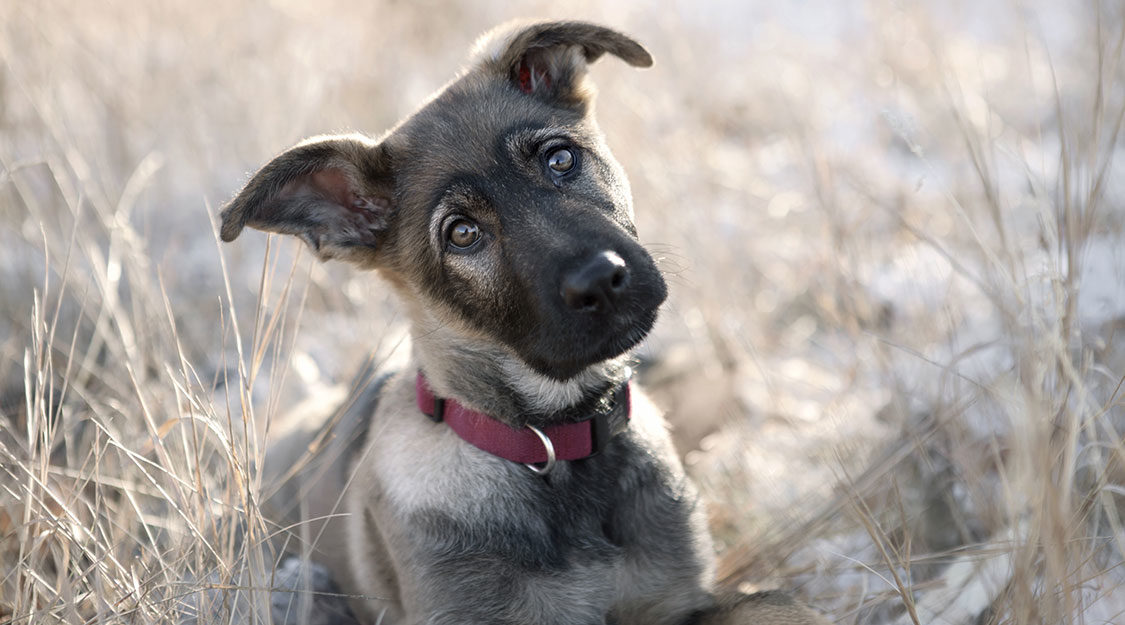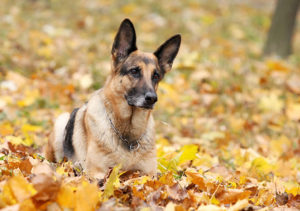Teach your dog how to heel correctly – Part 3

There are two extremes of personalities in dogs – the introvert and the extrovert. However, there are many degrees in between those two extremes as there are dogs in this planet.
Regardless of where your dog’s personality lies on that scale, once you have given the command to heel you must start walking and continue walking. Encourage your dog to accompany you if necessary. Correct his heedless rush with absolute right-about turns if necessary. But, you should never, ever give in if your dog decides to not follow your command and just “sit this one out”.
Dogs learn by associating their actions with a pleasing or displeasing result. Therefore, the dog who tries to take advantage of the new shortened leash by surging and keeping a strain on it comes to a sudden discovery that you still have the situation very much under control. As soon as he can cause the leash to tighten, he will take his eyes off you, only to feel the sudden jolt of your right-about turn.
By using the reserve slack in your hand properly, your dog will realize that the leash is no different than the long line, except that he must pay even closer attention since the six-foot leash gives him less time to react than the fifteen-foot long-line. He’ll realize how much more pleasing it is to walk at your side so that he can see which way and when you’re going to change direction. Your left hand giving him a pat on the head when he’s in the correct heel position is also more pleasing than the sudden jolt that he gets when not in the proper position.
On the other hand, your introvert dog, one that stands as if he had feet glued to the cement, suddenly feels the slightly displeasing effect of the short, sharp jerks of the leash. Hearing your enthusiastic tone of voice and seeing your left hand pat your leg invitingly will do wonders to make your pet choose the more promising alternative. The moment he does, he will discover the warm, affectionate praise and pat on the head to be far more enjoyable than the series of sharp jolts he experienced as a result of his initial reluctance to walk with you.
You may have to spend each of your fifteen-minute training sessions for the next four days in this simple leash introduction so the introvert-type will walk without any reluctance or fear and to stop the extrovert’s heedless rushes by your unannounced change of direction.
Don’t be afraid to use too much pull
Let me describe a scene of what an extrovert dog may do when prompted with a distraction. Picture a dog tied to a tree on a twenty-five foot rope lying in loose coils on the ground. He is sleeping comfortably under the tree when a cat walks by past the dog at a distance of about twenty-seven feet.
The dog wakes up, spots the cat and rushes recklessly to pounce on the poor cat. The dog will be stopped two foot short and very abruptly too. After regaining his composure, he will still strain and tug to try and get the cat. But, unless he’s a total fool, he will not make that reckless rush a second time – not while still tied to a tree. But does he blame the tree? Of course not.
You are not as firm as a tree, so don’t be worried about hurting your pet. Your objective should be clear. Your dog should walk at your left side, neither lagging behind nor surging ahead.
Always remember that the leash should be slack. Eventually, you’ll be heeling your dog without the leash and you will realize the importance of that slack. If your dog is used to feeling a tight leash restraining him in the heeling position, he’ll be long gone when you walk him without the leash later on.



